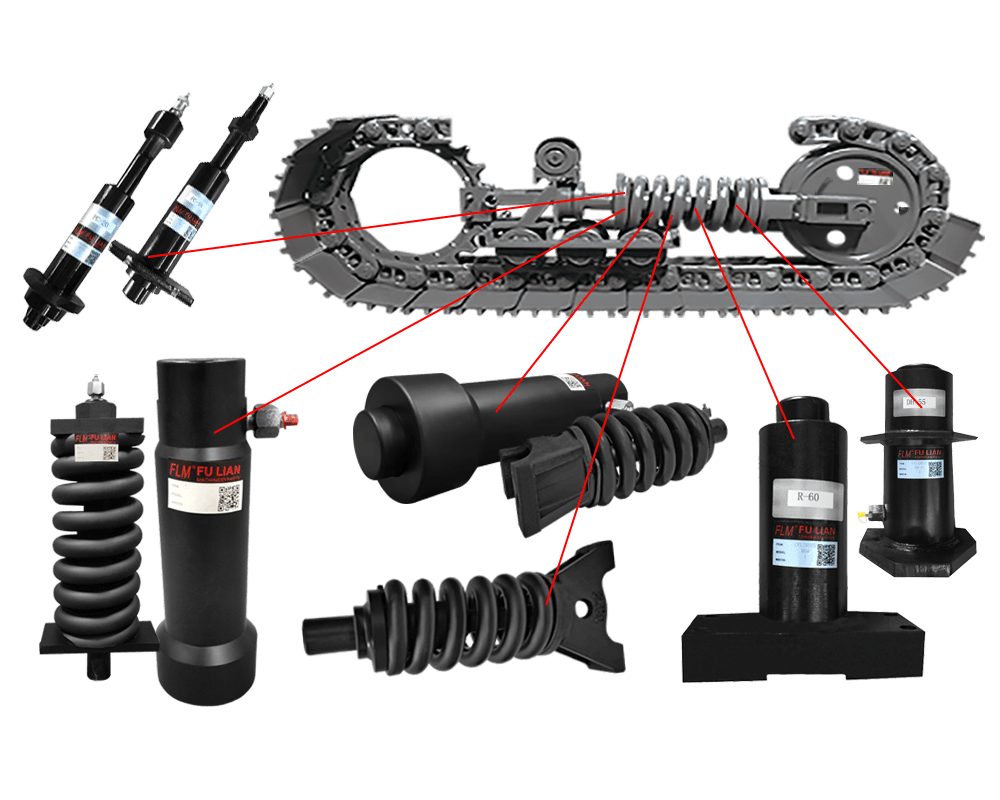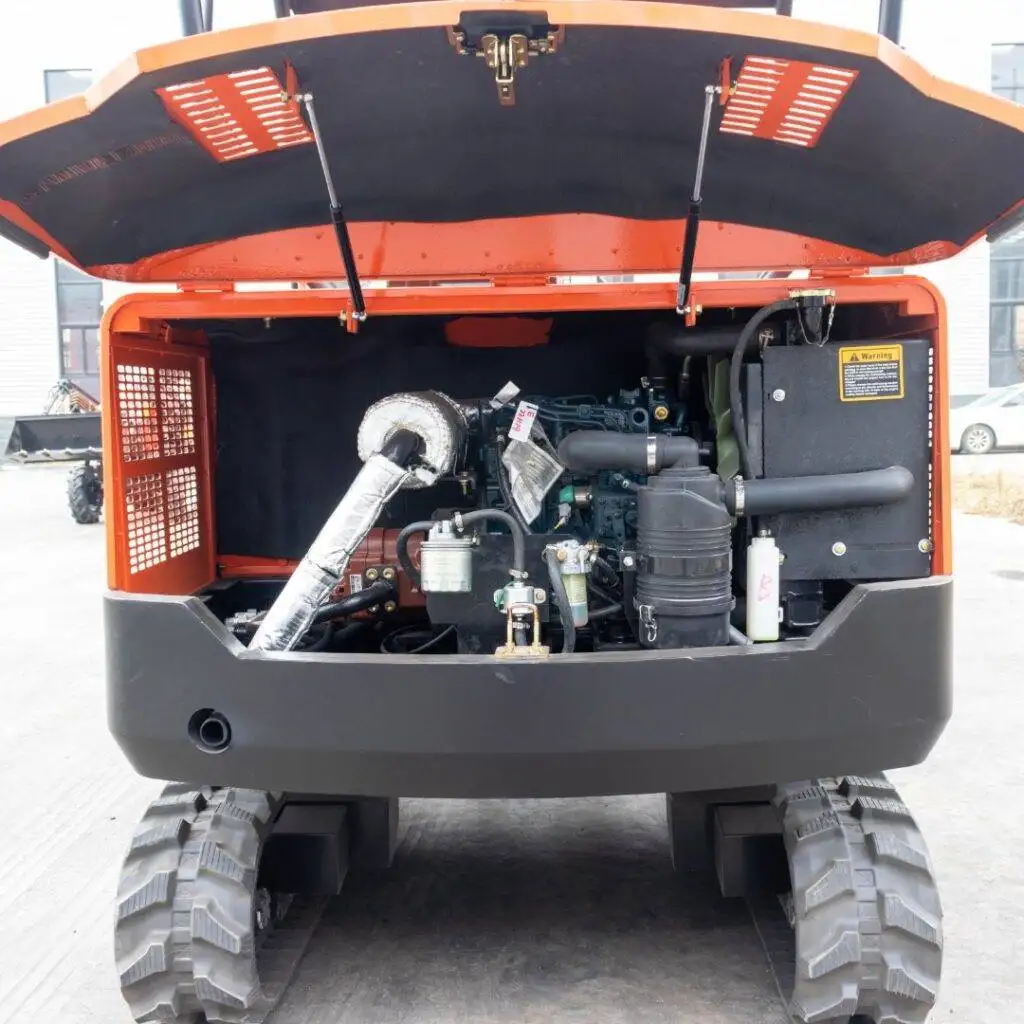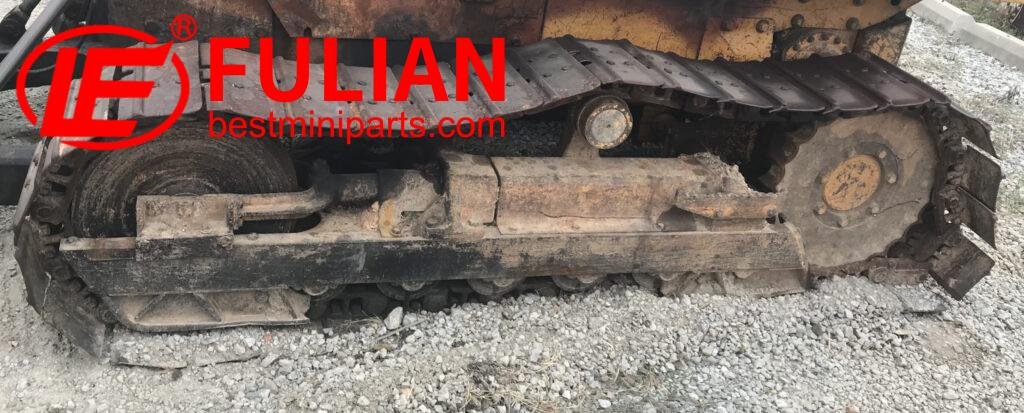The lifespan of rubber tracks on an excavator is a crucial consideration for operators and equipment owners, as it directly impacts maintenance costs, operational efficiency, and overall productivity. The longevity of rubber tracks can vary significantly based on several factors, including usage conditions, maintenance practices, and the quality of the tracks themselves. This analysis explores these factors in detail and provides insights into how long rubber tracks typically last on an excavator.
Factors Influencing the Lifespan of Rubber Tracks
- Operating Conditions: The environment in which an excavator operates is one of the most significant factors affecting the lifespan of rubber tracks. Harsh conditions, such as rocky, uneven, or abrasive surfaces, can accelerate wear and tear. Conversely, working on softer, smoother surfaces like grass, soil, or sand typically results in less wear. The frequency of use on challenging terrains can drastically shorten the life of the tracks.
- Track Quality and Composition: The quality of the rubber tracks plays a critical role in their durability. High-quality tracks made from premium rubber compounds and reinforced with steel cables tend to last longer. They offer better resistance to wear, punctures, and other forms of damage. Investing in reputable brands and OEM (Original Equipment Manufacturer) tracks can enhance longevity and performance.
- Maintenance Practices: Regular maintenance is essential for extending the lifespan of rubber tracks. This includes keeping the tracks clean from debris, checking for proper tension, and inspecting for signs of wear or damage. Improper tension can lead to premature wear, while neglecting regular cleaning can result in the build-up of abrasive materials that damage the tracks. Scheduled inspections and prompt repairs are crucial for maintaining track integrity.
- Operator Habits: The way an excavator is operated also affects track longevity. Aggressive maneuvers, such as sharp turns, high-speed movements, and frequent direction changes, can increase stress on the tracks and lead to faster wear. Operators should be trained to handle the machine smoothly, especially when working in challenging environments, to minimize unnecessary strain on the tracks.
- Load and Usage Frequency: The weight of the load carried by the excavator and the frequency of use are additional factors influencing track lifespan. Heavier loads exert more pressure on the tracks, potentially leading to faster degradation. Additionally, machines used intensively or for extended periods without rest can experience quicker wear.
Average Lifespan of Rubber Tracks
On average, rubber tracks on excavators last between 1,200 to 1,600 operating hours under typical conditions. However, this range can vary significantly based on the factors mentioned above. In optimal conditions with high-quality tracks and proper maintenance, some rubber tracks can last up to 2,000 hours or more. Conversely, in harsh conditions or with poor maintenance, the lifespan may be reduced to as little as 800 to 1,000 hours.
Maximizing Track Lifespan
To maximize the lifespan of rubber tracks on an excavator, consider the following best practices:
- Regular Maintenance: Perform routine inspections, clean the tracks, and ensure they are properly tensioned.
- Quality Selection: Invest in high-quality, OEM tracks that are appropriate for your specific operating conditions.
- Operator Training: Train operators to use the machine in a manner that minimizes unnecessary strain on the tracks.
- Proper Load Management: Avoid exceeding the recommended load capacity for the excavator.
- Adapting to Conditions: Use track protectors or other accessories in particularly harsh environments to reduce wear.
Conclusion
The lifespan of rubber tracks on an excavator is influenced by operating conditions, track quality, maintenance practices, operator habits, and load management. On average, rubber tracks last between 1,200 to 1,600 hours, but this can vary. Proper care and maintenance, along with the use of high-quality tracks, can significantly extend their lifespan, ensuring better performance and cost-efficiency.
Fulian Operation Team
2024.8.23





